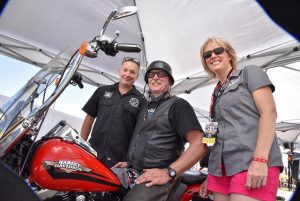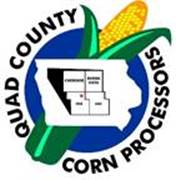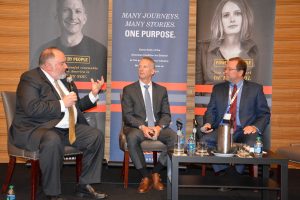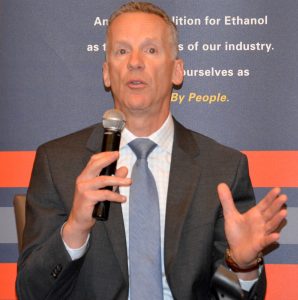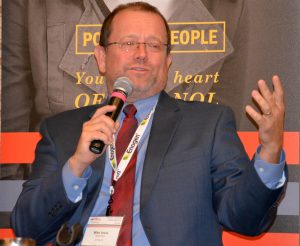 USDA’s first crop production forecast based on actual field data is predicting a bin-busting corn crop this year while ethanol production is also on pace to be record high.
USDA’s first crop production forecast based on actual field data is predicting a bin-busting corn crop this year while ethanol production is also on pace to be record high.
Corn production is forecast at a record 15.2 billion bushels, up 11 percent from last year with yields expected to average 175.1 bushels per acre, up 6.7 bushels from 2015. If realized, this will be the highest yield and production on record for the United States. Meanwhile, the U.S. ethanol industry is on pace to break production records this year, according to Department of Energy (DOE) projections released Tuesday. DOE projects 2016 ethanol production will average 980,000 barrels per day, or 15.1 billion gallons.
“This is shaping up to be an historic year,” said Renewable Fuels Association (RFA) president and CEO Bob Dinneen. “Just a decade ago, visionary leaders in the corn and ethanol industries established a goal to produce 15 billion bushels of corn and 15 billion gallons of ethanol by 2015. Ten years later, our nation’s farmers and ethanol producers have made that bold vision into a reality.”
The August World Agriculture Supply and Demand Estimates Report, also released Friday showing corn ending stocks for the 2016/17 marketing year are expected to be the highest in 29 years at 2.4 billion bushels while corn prices are expected to average just $3.15 per bushel, the lowest in 10 years. National Corn Growers Association president Chip Bowling says these numbers should “be a wake-up call for both Presidential campaigns regarding the economic challenges facing farmers and rural America….We need real solutions that help us access markets, expand biofuel use, and ensure a more sustainable future.”
Both Dinneen and Bowling note that the record production numbers and low prices underscore the importance of continuing to implement the Renewable Fuel Standard (RFS) as intended by Congress while EPA’s proposal would reduce the 2017 RFS requirement for “renewable fuel” from 15.0 billion gallons to 14.8 billion gallons. “This is not the time to undermine demand for corn and tie the hands of the American farmer. Farmers and ethanol producers made investments and business decisions based on the 2007 law that expanded the RFS, and they expected EPA to follow Congress’ intent in implementing the program,” Dinneen said. “EPA’s proposal is limiting market opportunities for U.S. farmers at a time when the agricultural economy needs a boost.”



